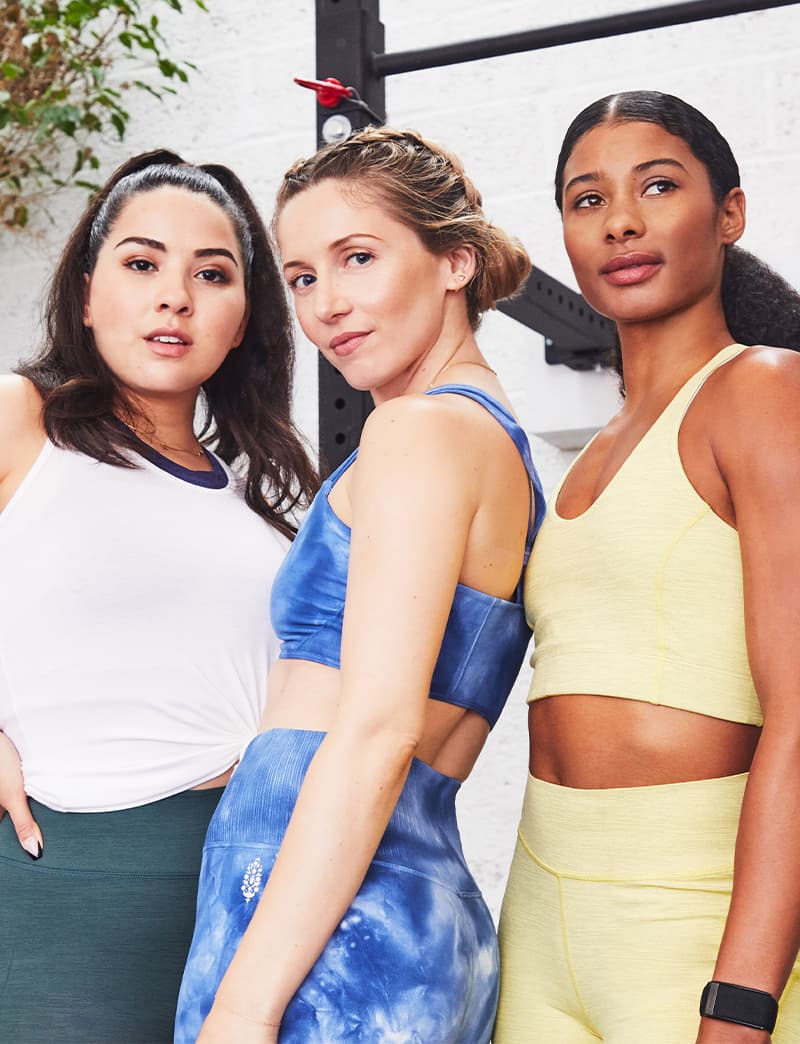What Size Dumbbells to Use
Are You Using the Right Size Dumbbells?

Dumbbells are an active girl's best friend because they're fairly inexpensive, compact, easy to use, and allow you to tone every part of your body. Using them can be a little confusing since they come in so many sizes, and many people may not realize that one size doesn't fit all exercises. For example, since biceps tend to be stronger than their neighbor muscles, the triceps, you'd want to use a heavier weight when doing bicep curls.
If strength training with dumbbells leaves you in the dark about what size weights to use for which exercise, here's a little cheat sheet. Since lifting too much can lead to a pulled muscle, here are the dumbbell weights you should start off with. Once your body becomes stronger, you can choose to gradually increase the amount.
| Exercise | Part of body worked | Recommended beginner weight |
|---|---|---|
| Bicep Curls | Biceps: inside of upper arms | Five to eight pounds in each hand |
| Lateral Raises | Deltoids and trapezius: shoulders and upper back | Two to five pounds in each hand |
| Upright Rows | Deltoids, trapezius, and biceps: shoulders, upper back, and inside of upper arms | Two to five pounds in each hand |
| Bent-Over Rows | Deltoids, trapezius, and triceps: shoulders, upper back, and outside of upper arms | Two to five pounds in each hand |
| Overhead Shoulder Presses | Deltoids, trapezius, and pectoralis: shoulders, upper back, and upper chest | Two to five pounds in each hand |
| Chest Presses | Pectoralis: chest | 12 to 45 pounds (body bar) |
| Triceps Kickbacks | Triceps: outside of upper arms | Two to five pounds in each hand |
| Overhead Triceps Extensions | Deltoids and triceps: shoulders and outside of upper arms | Two to five pounds in each hand |
| Squats | Glutes and quads: booty and thighs | Zero (just your own body weight) to 45 pounds |







